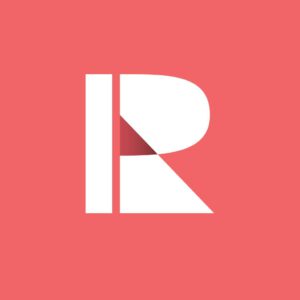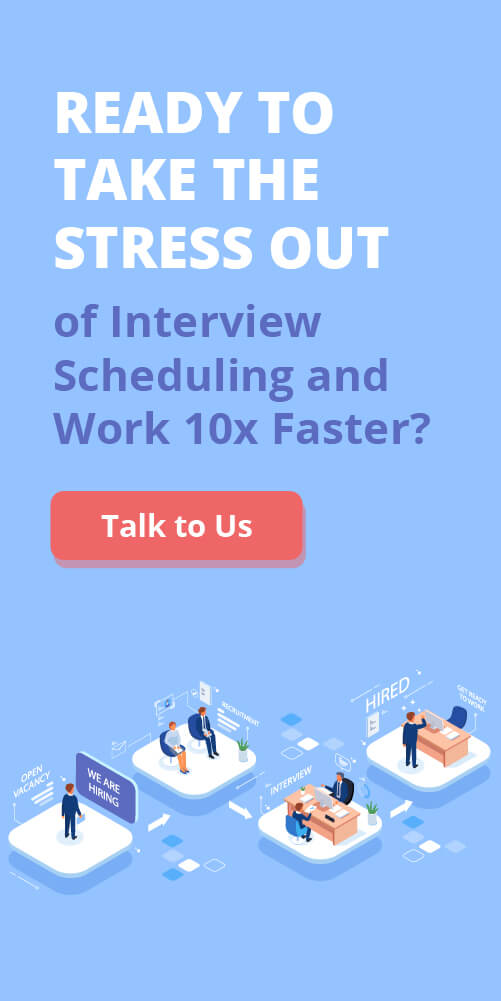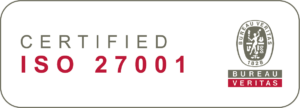High-volume hiring is a logistical beast. When recruiters juggle hundreds (or even thousands) of candidates, traditional scheduling methods—like back-and-forth emails or endless calendar coordination—quickly crumble under the pressure. The results? Missed interviews, frustrated candidates, and burned-out recruiters.
According to the Phenom State of High-Volume Hiring: 2025 Benchmarks Report, 68% of companies still use manual hiring processes, making it difficult to scale efficiently. The report, which examined 101 companies, assessed their adoption of AI and automation in hiring for high-turnover roles across industries such as Retail, Hospitality & Travel, Healthcare & Pharmaceuticals, Manufacturing, and Transportation.
But there’s a better way. Automated interview scheduling apps, bulk interview invitations, and AI-driven optimization can streamline the process, saving time and improving the candidate experience. This post explores key scheduling strategies tailored for high-volume hiring and wraps up with the best scheduling apps to keep your hiring process running smoothly.
6 Scheduling Strategies for High-Volume Hiring Success

Manual scheduling simply can’t keep up with high-volume hiring—think retail, hospitality, healthcare, or seasonal surges. The endless emails, calendar mishaps, and delayed replies not only waste recruiter time but also risk losing top candidates to faster-moving competitors.
Don’t forget that 68% out of the 101 companies across 5 core US industries are still using manual hiring processes in the Phenom 2025 High-volume Recruitment Benchmark Report, despite automation’s clear benefits:
In 32 companies ranked 4 and 5 in their 5-rank high-volume hiring maturity scale, their investment in automation tools for scheduling interviews is expected to cut the time taken to arrange interviews by as much as 50%, as well as decrease the number of no-shows.
Just ask Chipotle. After deploying an AI assistant to automate interview scheduling, they cut time-to-hire from 12 days to 4 and boosted application completion rates to 85%. Bottom line? If your team is still chasing down timeslots manually, you’re falling behind—and losing talent in the process.
1. Pre-Set Interview Blocks – Eliminate Scheduling Chaos
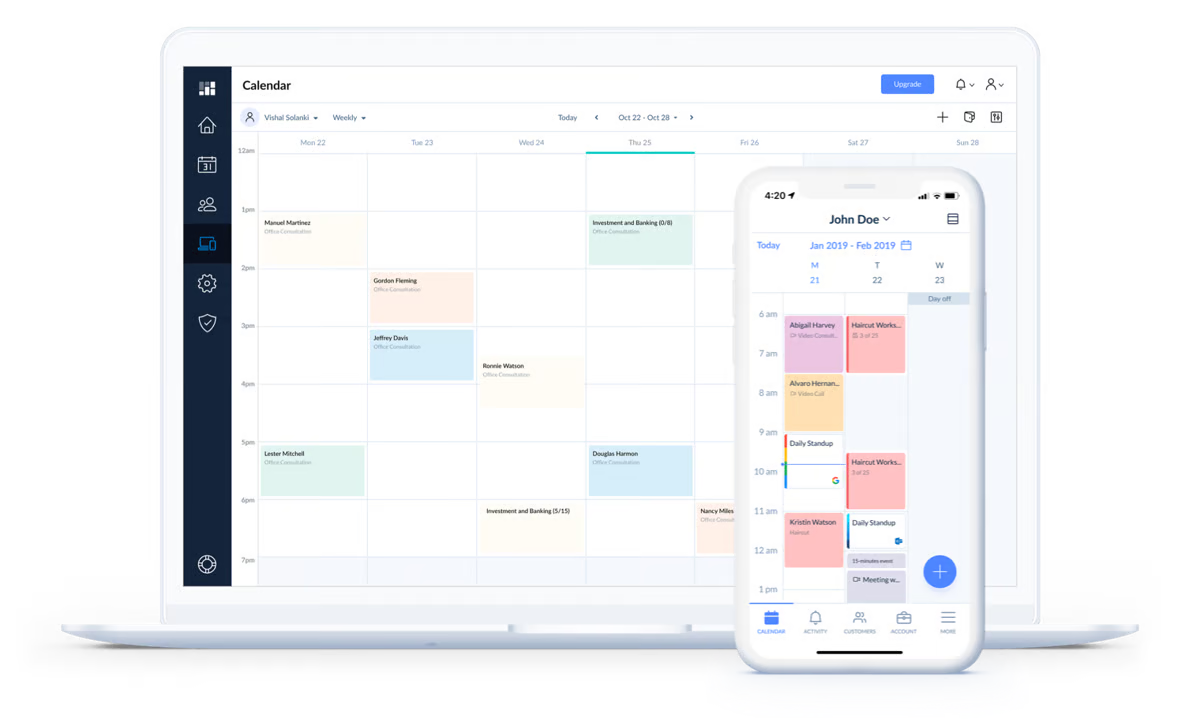
Why?
When interview slots are scattered throughout the day, recruiters end up wasting time managing calendars, dealing with conflicts, and playing email tag with candidates. Instead, setting dedicated time blocks for interviews creates efficiency and consistency.
How to do it?
Analyze Peak Recruitment Hours Based on Past Data and the Availability of Hiring Managers
Before setting interview time blocks, it’s crucial to identify when your hiring team is most available and when candidates are most responsive. This prevents unnecessary scheduling conflicts and ensures a steady, organized flow of interviews throughout the hiring cycle.
- Pull historical hiring data from your ATS or scheduling software. Look for trends in interview times—when most candidates booked interviews and when hiring managers were most available.
- Assess past bottlenecks. Were interviews frequently rescheduled due to hiring manager conflicts? Did certain time slots have higher no-show rates? Identifying these trends helps fine-tune scheduling windows.
- Consult hiring managers and key stakeholders. Some managers prefer mornings for interviews, while others have packed schedules. Gathering their input ensures the interview blocks align with real availability.
- Factor in industry-specific hiring trends. For example, in retail or hospitality, candidates might prefer evening slots, while corporate roles may lean towards mid-morning availability.
Dedicate Blocks of Time (e.g., Monday to Wednesday, 10 AM – 2 PM) Exclusively for Interviews
Once you’ve identified peak interview times, the next step is to create structured time blocks where hiring managers focus solely on interviews—no meetings, no distractions. This reduces last-minute conflicts and ensures a smoother scheduling process.
- Set recurring “interview-only” calendar events. Work with hiring managers to block out dedicated windows in their schedules (e.g., Monday to Wednesday, 10 AM – 2 PM).
- Ensure flexibility while maintaining structure. If a hiring team prefers afternoons one week and mornings the next, create dynamic blocks that adjust based on availability.
- Avoid spreading interviews too thin. Instead of scattering them across the entire week, condense them into focused blocks. This helps prevent recruiter fatigue and allows hiring managers to shift into a consistent evaluation mindset.
- Standardize time slots across roles if possible. For high-volume hiring, having predictable time blocks makes it easier for both recruiters and candidates to plan ahead.
Use Scheduling Tools to Sync These Blocks Across Teams So Hiring Managers and Recruiters Are Aligned
Manual scheduling creates inefficiencies, miscommunications, and double-bookings. Using AI-driven scheduling software ensures that all team members – recruiters, hiring managers, and interviewers—stay in sync with real-time availability updates.
- Leverage interview scheduling tools with good ATS integration capability, like Rakuna, GoodTime, Cronofy, or Paradox Olivia, to sync interview blocks across hiring teams.
- Set up role-based calendar visibility. Ensure that recruiters can view hiring managers’ availability in real-time, reducing the need for constant coordination.
- Enable instant rescheduling for last-minute changes. If a hiring manager becomes unavailable, AI tools can automatically suggest an alternative slot without requiring recruiter intervention.
Ensure Candidates Know Upfront That They Will Be Scheduled Within These Set Windows to Reduce Back-and-Forth Coordination
Clear communication eliminates confusion, reduces candidate drop-offs, and speeds up the scheduling process. Instead of emailing back and forth to coordinate availability, set clear expectations from the start.
- Include scheduling details in job postings and email outreach. Let candidates know that interviews are conducted within specific time windows so they can plan ahead.
- Use pre-scheduled time slots for self-booking. Instead of an open-ended “When are you available?” question, offer candidates pre-determined slots that align with hiring managers’ availability.
- Automate confirmation and reminder emails. These should clearly state the scheduled time block and include rescheduling options if needed.
- Provide mobile-friendly scheduling options. Since 60% of US candidates use mobile devices, ensure scheduling links work seamlessly on smartphones.
2. Candidate Self-Scheduling – Empower Candidates to Choose Their Own Time

Why?
Traditional scheduling involves multiple emails and delays that frustrate candidates. Self-scheduling gives them control over their time while cutting the recruiter’s workload significantly.
How to do it?
Allow Candidates to Book Their Own Interviews
Manually coordinating interview schedules is time-consuming, error-prone, and inefficient—especially in high-volume hiring. By using scheduling tools that sync with your ATS, candidates can self-schedule interviews while ensuring recruiters stay in control.
- Enable real-time availability updates. ATS-integrated tools pull hiring managers’ calendars into a centralized system, preventing double-bookings and scheduling conflicts.
- Automate interview confirmations. When a candidate selects a time slot, the system automatically updates the recruiter’s calendar and sends confirmation emails—eliminating back-and-forth emails.
- Allow self-service rescheduling. Candidates should be able to reschedule within predefined parameters (e.g., only before a 24-hour cutoff) without recruiter intervention.
Provide a Scheduling Link as Soon as Candidates Move to the Interview Stage
One of the biggest bottlenecks in hiring is the delay between candidate selection and interview scheduling. Sending scheduling links immediately when a candidate advances to the interview stage eliminates unnecessary lag.
- Automate scheduling link distribution. As soon as a recruiter marks a candidate as “Interview Stage” in the ATS, an auto-generated email or chatbot message should send the scheduling link.
- Use chatbot-driven scheduling for faster responses. AI assistants like Paradox Olivia or XOR allow candidates to book interviews instantly through SMS or chat, improving response rates.
- Embed scheduling links in follow-up messages. If a candidate applies via Indeed, LinkedIn, or your careers page, include the scheduling link in automated email follow-ups.
- Set clear deadlines for booking. Encourage candidates to book interviews within 48 hours of receiving the link to maintain hiring momentum.
Limit the Available Time Slots to Ensure Recruiters Aren’t Spread Too Thin
If recruiters allow candidates too many scheduling options, their calendars become chaotic, leading to burnout and inefficiency. Instead, curating a limited selection of time slots keeps interviews structured and manageable.
- Set recruiter availability in advance. Instead of offering open-ended availability, create structured interview windows (e.g., Tuesdays and Thursdays from 10 AM – 3 PM).
- Use round-robin scheduling for high-volume hiring. Distribute interviews evenly across multiple recruiters to balance workloads and prevent burnout.
- Group similar interview types together. For example, screening interviews in the morning and panel interviews in the afternoon keep hiring teams in a consistent workflow.
- Cap the number of interviews per day. Set daily interview limits for recruiters (e.g., no more than 8 interviews per recruiter per day) to prevent overloading.
Set Automatic Cutoff Times (e.g., No Same-Day Bookings to Prevent Last-Minute Chaos)
Recruiters need time to prepare before interviews—reviewing resumes, gathering notes, and coordinating with hiring managers. Allowing same-day bookings leads to rushed, unstructured interviews.
- Disable same-day bookings. Use scheduling software settings to prevent candidates from booking interviews within 24 hours of the available slot.
- Require a minimum notice period. For example, a 48-hour advance notice rule should be set so recruiters have ample preparation time.
- Enable buffer times between interviews. Build in 10- to 15-minute breaks to allow recruiters to reset, take notes, or handle unexpected delays.
- Auto-block last-minute booking attempts. If a candidate tries to schedule outside the defined window, provide alternative slots automatically instead of forcing a rushed interview.
3. AI-Powered Slot Optimization – Let AI Do the Heavy Lifting
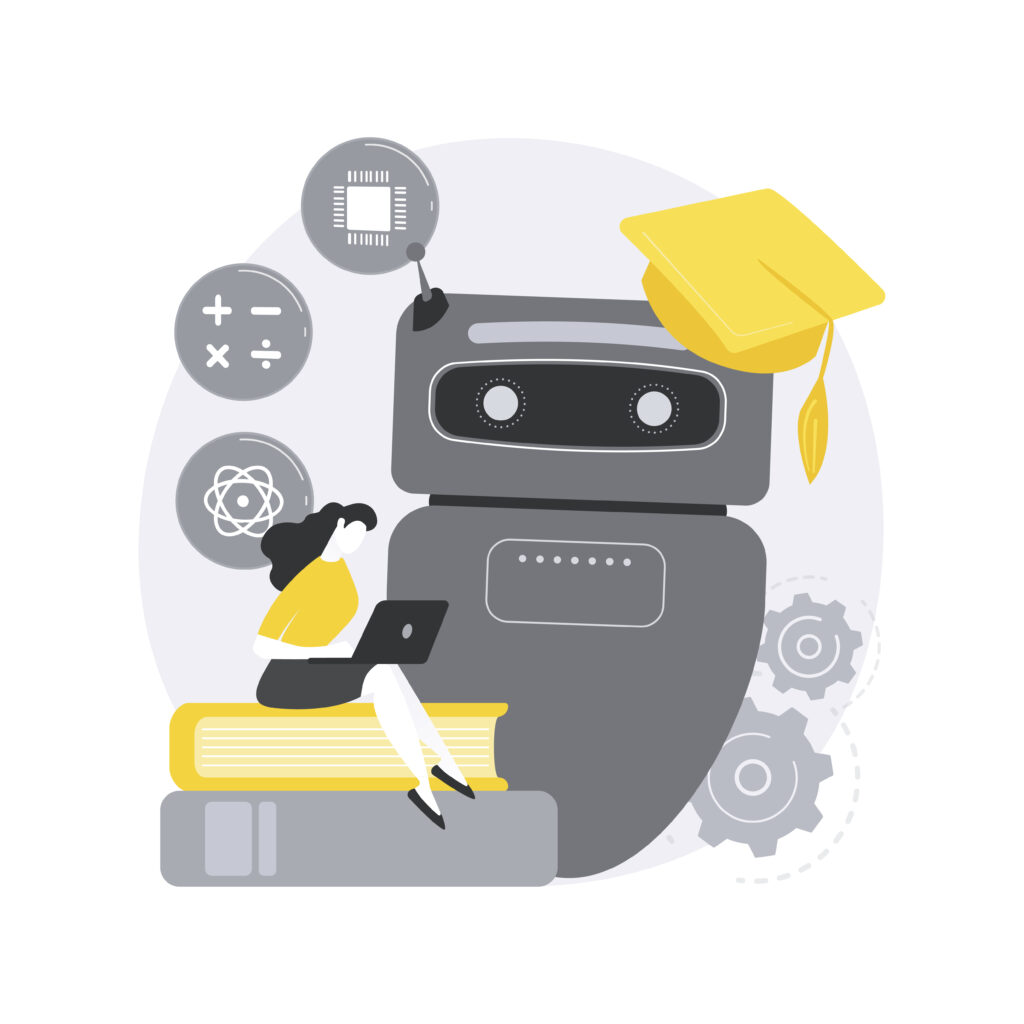
Why?
AI can analyze availability, candidate preferences, and interviewer schedules to assign optimal interview slots—reducing scheduling conflicts and minimizing rescheduling requests.
How to do it?
Use AI-Driven Scheduling Tools That Automatically Assign Interview Slots Based on Recruiter and Candidate Availability
When hiring at scale, manually managing schedules across hundreds or thousands of candidates becomes a logistical nightmare. AI-driven scheduling tools remove the guesswork by automatically assigning interview slots based on real-time availability, ensuring recruiters stay organized and candidates experience minimal delays.
- Choose a scheduling tool with AI-powered automation. Platforms like Paradox Olivia, HireVue, and GoodTime use AI to match candidates and recruiters based on open time slots.
- Sync availability dynamically. AI-driven scheduling monitors recruiter calendars in real-time and suggests only available slots, preventing double bookings.
- Leverage automated reminders and rescheduling. AI can send reminders, adjust for last-minute cancellations, and auto-reschedule interviews to fill gaps efficiently.
- Use chatbots to facilitate scheduling. AI chatbots can interact with candidates via SMS, email, or career site portals, allowing them to book, reschedule, or confirm interviews instantly.
Set Priority Levels (e.g., Senior Roles Get Morning Slots; Bulk Hires Are Grouped in the Afternoon)
Not all interviews require the same level of attention or preparation. By setting structured priority levels, recruiters can ensure that the right candidates are scheduled at the right times—optimizing focus and efficiency.
- Reserve peak cognitive hours for strategic hires. A 2024 Havard Business Review Studies show that people perform best on complex tasks in the morning. Schedule senior-level interviews before noon when decision-makers are at their sharpest.
- Batch high-volume hiring interviews into dedicated time slots. For entry-level and frontline roles, conduct back-to-back interviews in the afternoon to maintain momentum and consistency.
- Pre-define role-based scheduling blocks. Example:
✅ Morning (8 AM – 11 AM) → Senior roles & leadership positions
✅ Midday (11 AM – 2 PM) → Mid-level professionals
✅ Afternoon (2 PM – 5 PM) → Entry-level & bulk hiring sessions
- Use round-robin scheduling to distribute workload evenly. Instead of overwhelming a single recruiter, AI-driven tools can rotate interview assignments across multiple hiring managers.
Implement Auto-Fill Features That Suggest the Best Slots Based on Past Scheduling Patterns
AI-driven scheduling tools learn from past trends and optimize interview times for future hires. Auto-fill features use historical data to predict the most efficient interview windows, reducing bottlenecks and minimizing scheduling gaps.
- Analyze past interview success rates. AI can review past interview-to-hire ratios and suggest the best time slots based on when successful hires are most likely to occur.
- Identify peak response times for different candidate pools. For example, retail candidates may prefer evening or weekend slots, while corporate candidates may respond faster to midday availability.
- Automatically detect underutilized time slots. If recruiters tend to have openings on Wednesday afternoons, AI can prioritize scheduling interviews during those times.
- Enable smart rescheduling. If a candidate cancels, AI-driven tools can automatically reassign the slot to another waiting candidate, ensuring zero wasted time.
4. Automated Reminders – Reduce No-Shows with Timely Notifications
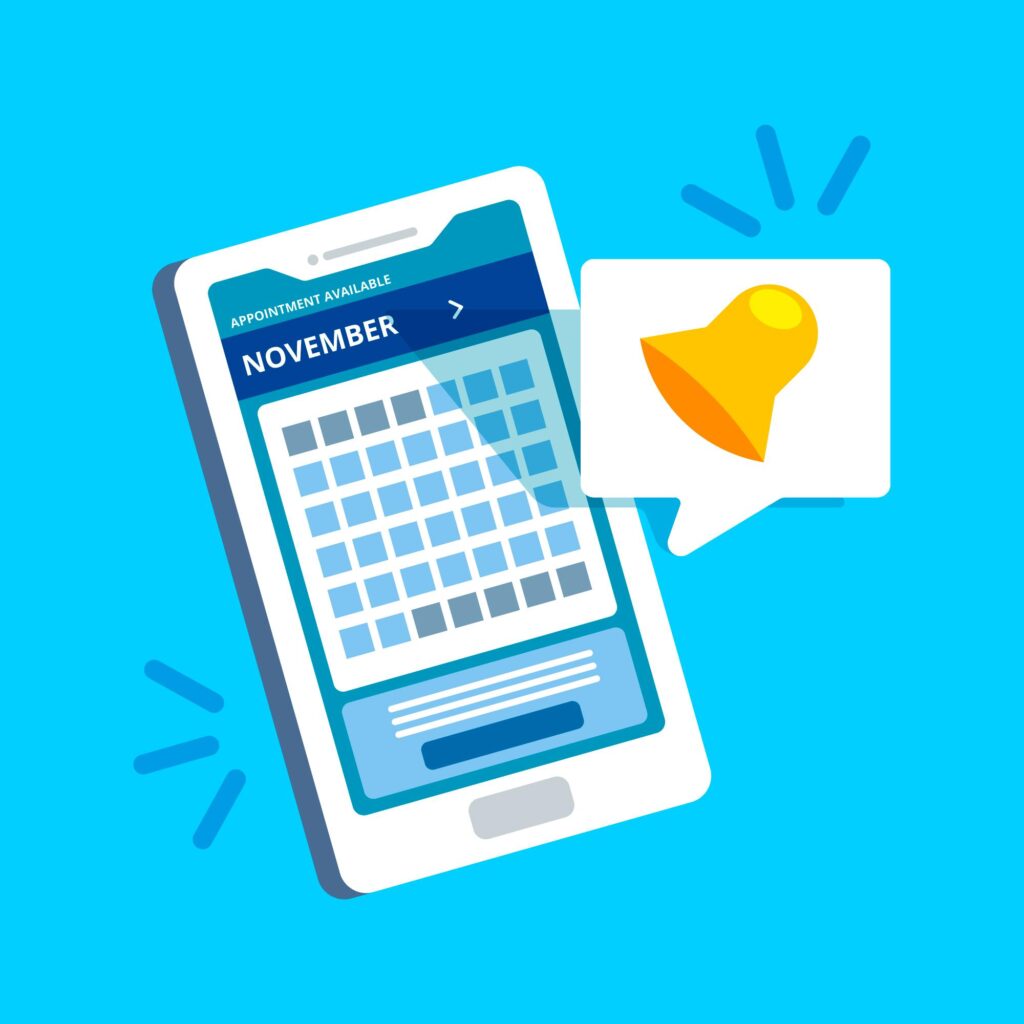
Why?
No-shows are one of the biggest pain points in high-volume hiring. Automated reminders have been shown to significantly reduce no-show rates across various industries. For example, in healthcare, no-show rates can range from 10% to 30%, but timely reminders can help mitigate this issue by improving appointment adherence.
How to do it
Set Up Email and SMS Reminders That Send Notifications 24 Hours and 1 Hour Before the Interview
In high-volume hiring, no-shows are a major bottleneck—but automated reminders significantly reduce last-minute cancellations by keeping candidates informed. Email and SMS reminders ensure candidates remember their interviews without recruiters having to manually follow-up.
- Use multi-channel notifications. Some candidates prefer email, while others respond faster to SMS. Send reminders through both channels to maximize response rates.
- Automate the reminder schedule. Use interview scheduling software (e.g., Rakuna, Calendly, GoodTime) to trigger automated messages at:
- ✅ 24 hours before → A standard reminder with interview details.
- ✅ 1 hour before → A short, urgent reminder with a quick confirmation link.
- Enable calendar integrations. When candidates receive a reminder, ensure they can add the interview to their Google, Outlook, or Apple calendar with one click.
- Track reminder engagement. Use analytics to see which candidates opened, clicked, or ignored reminders and follow-up accordingly.
Personalize Messages to Include Interviewer Details, Interview Format (e.g., Video or In-Person), and a Rescheduling Option
Generic reminders often get ignored. Adding personal details makes the interview feel more important and increases candidate commitment.
- Include the interviewer’s name, title, and LinkedIn profile. Example:
“Hi [Candidate Name], your interview with [Interviewer Name], [Job Title] is scheduled for [Date/Time]. Feel free to connect with them on LinkedIn: [Profile Link].” - Clearly state the interview format. Candidates should know upfront if the interview is video-based, in-person, or a phone screen so they can prepare accordingly.
- Offer a rescheduling option. Life happens—if a candidate needs to reschedule, make it easy by providing a direct link to select a new slot instead of having them email back-and-forth.
- Use a conversational tone. Keep messages warm and engaging. Example:
“Hey [Candidate], just a quick reminder: Your interview with [Company] is tomorrow at [Time]! It’s a virtual chat with [Interviewer Name]—here’s the link: [Zoom/Meet Link]. Need to reschedule? Tap here: [Reschedule Link]. Looking forward to it!”
💡 Try these Rakuna Interview Email Templates if you are not feeling creative, feel free to copy and edit!
Ensure Mobile-Friendliness So Candidates Can Confirm or Reschedule With a Single Tap
In high-volume hiring, candidates move fast – so your scheduling system should, too. A clunky, unoptimized process will frustrate candidates and lead to higher drop-off rates.
- Use SMS with embedded confirmation buttons. Candidates should be able to confirm or reschedule directly from the text message without logging into a portal.
- Keep emails short and mobile-responsive. Ensure fonts, buttons, and links are easily clickable on a smartphone.
- Integrate chatbot scheduling options. Some AI-driven platforms (e.g., Paradox Olivia, HireVue) allow candidates to confirm via chatbot text responses.
- Send a “final check-in” text 10 minutes before. This gives candidates a last-minute nudge and prevents accidental no-shows.
5. Group Interview Scheduling – Maximize Recruiter Efficiency

Why?
For high-volume roles, conducting individual interviews isn’t feasible. Group interviews help recruiters screen multiple candidates efficiently while reducing scheduling complexity.
How to do it
Choose Structured Group Formats (e.g., 5-6 Candidates per Session)
Group interviews accelerate high-volume hiring by allowing recruiters to evaluate multiple candidates simultaneously. However, the format must be structured to ensure fairness and efficiency.
- Determine the right group size. While 5-6 candidates per session is ideal, industries with high applicant pools (e.g., retail, customer service) may scale up to 8-10 candidates if the session is well-organized.
- Select the right group interview type:
Panel-style interviews → Multiple recruiters interview several candidates at once, asking structured questions in a rotation.
Collaborative task interviews → Candidates work together on problem-solving exercises (great for assessing teamwork skills).
Presentation-based interviews → Candidates present individually to a panel (ideal for sales, marketing, and consulting roles).
- Use a scoring rubric. To prevent bias and ensure consistency, evaluate all candidates using a standardized scorecard covering skills, communication, and cultural fit.
Set Clear Expectations in Invitations So Candidates Know They’ll Be in a Group Setting
A common mistake in group interviews? Candidates show up expecting a one-on-one conversation. To avoid confusion, your invitation should clearly state the format up front.
- Mention the group format in the subject line. Example:
“You’re Invited: Group Interview for [Job Role] on [Date]” - Explain the structure in the email body. Example:
“This will be a group interview with 5-6 candidates and two hiring managers. You’ll have the opportunity to answer individual questions and participate in a brief team-based exercise.” - Highlight key details:
Expected duration (e.g., 45-60 minutes)
Interview panel members
What candidates should prepare
Any required materials (e.g., portfolio, case study)
- Provide a FAQ link. A simple FAQ page covering what to expect, how to prepare, and what happens next reduces candidate uncertainty.
Use Bulk Invitations in Scheduling Software to Send Out Multiple Invites at Once
Manually sending invitations to hundreds of candidates is a scheduling nightmare. Automating bulk interview invites eliminates tedious admin work and ensures quick turnaround.
- Use an AI-powered scheduling platform. Tools like Rakuna, GoodTime, and Calendly allow recruiters to send invites to multiple candidates simultaneously while syncing with hiring managers’ availability.
- Automate time slot assignments. Instead of manually coordinating schedules, let software match candidates with open slots based on pre-set interview blocks.
- Batch schedule by candidate tier. Group candidates based on application date, assessment scores, or role fit to streamline interview sessions.
- Include automatic follow-ups. If candidates don’t confirm within 24 hours, set up an auto-reminder prompting them to secure their slot.
6. Timezone Auto-Adjustments – Avoid Scheduling Conflicts in Global Hiring
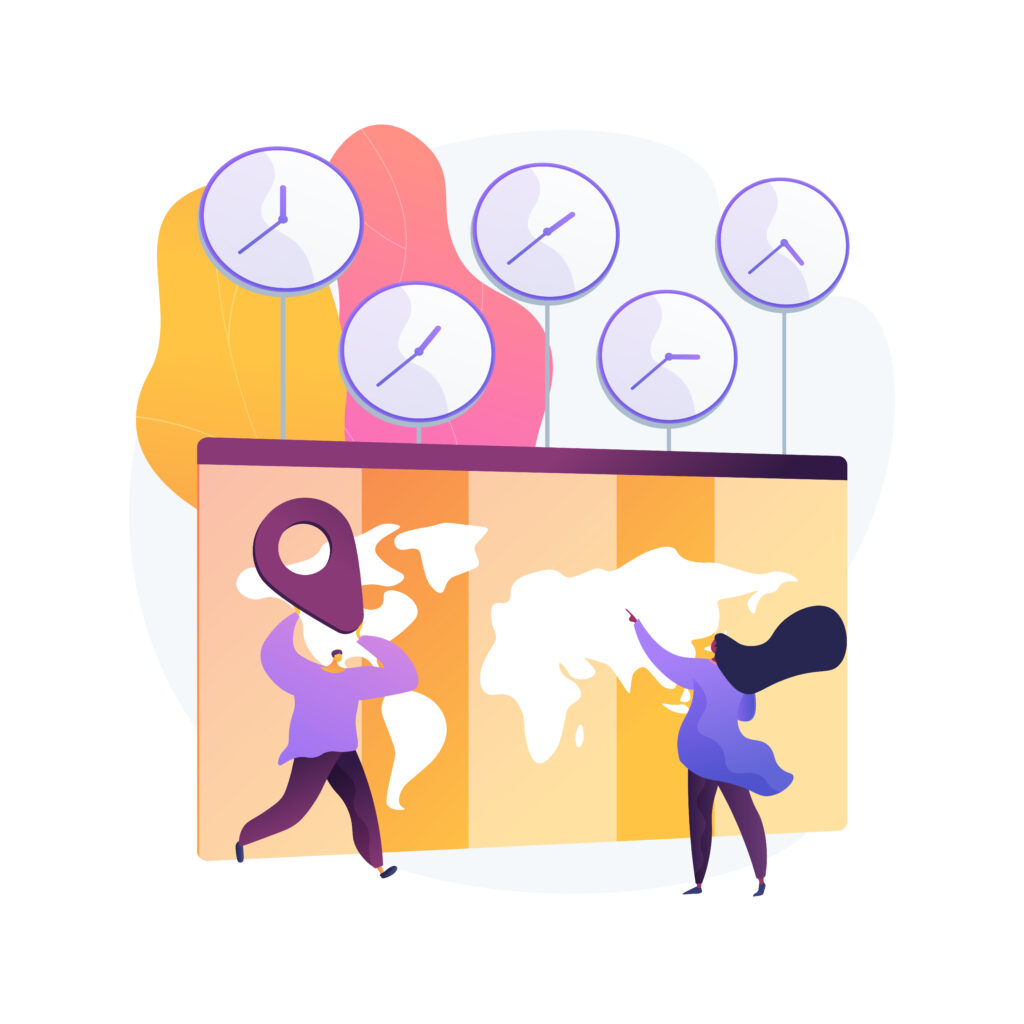
Why?
Global hiring creates timezone challenges, leading to scheduling errors and missed interviews.
How to do it
Use Scheduling Apps with Automatic Timezone Detection (e.g., Cronofy, HireVue)
When hiring at scale across multiple regions, timezone confusion leads to missed interviews and scheduling chaos. An AI-driven scheduling app with automatic timezone detection eliminates this issue by:
- Automatically detect and display the candidate’s local timezone based on their IP address or device settings.
- Syncing with recruiters’ and hiring managers’ calendars to prevent accidental scheduling conflicts.
- Providing timezone conversion on invite links so candidates can see their interview time in their preferred format.
Set Timezone-Specific Interview Blocks to Avoid Recruiter Burnout (e.g., Separate Slots for APAC, Europe, and North America)
Without dedicated scheduling blocks, recruiters end up taking late-night or early-morning calls just to accommodate different time zones. A structured approach ensures recruiters and hiring managers stay productive without exhaustion.
- Analyze historical scheduling data to identify peak application times from different regions.
- Set dedicated interview slots based on hiring volume per region. For example:
- ✅ APAC (Asia-Pacific): 8 AM – 12 PM SGT
- ✅ EMEA (Europe, Middle East, and Africa): 10 AM – 2 PM GMT
- ✅ North America: 9 AM – 1 PM EST
- Align regional recruiters with relevant time slots to ensure interviews are conducted by those who understand the local talent market.
Ensure Candidates Receive Invites in Their Local Timezone to Prevent Confusion
A candidate receiving an invite for “Tuesday, 10 AM” might assume it’s their local time—only to miss the interview when they realize it was set in a different zone. Miscommunication like this leads to unnecessary rescheduling and lower engagement.
- Enable automatic timezone conversion in scheduling tools, so candidates see the correct time upon opening the invite. Remember to notice candidates of this feature to avoid sending the wrong time due to VPN usage.
- Use clear, timezone-specific wording in confirmation emails. Example:
“Your interview is scheduled for Tuesday, April 5, at 10 AM EST (New York) / 3 PM GMT (London) / 11 PM SGT (Singapore).” - Provide a “Convert to My Timezone” button in invites to let candidates instantly adjust for their location.
- Offer a calendar sync option so candidates can add the event to their device’s calendar with the correct time settings.
Best Interview Scheduling Apps for High-Volume Hiring
When it comes to high-volume recruiting, the right interview scheduling software can make or break efficiency. Based on insights from G2 reviews and industry comparisons, here’s how some of the top solutions stack up:
Cronofy

Cronofy excels in calendar synchronization and automatic timezone detection, integrating well with major ATS platforms like Greenhouse and Lever. It’s a strong choice for enterprises needing real-time availability tracking but comes with custom pricing that may not fit every budget.
📌 Best at: Strategy #3 – Schedule Across Time Zones Intelligently
Cronofy’s automatic timezone detection ensures candidates and interviewers are always on the same page—no accidental 3 AM interviews. This is especially valuable for companies hiring internationally or across U.S. time zones.
📌 Strongly supports: Strategy #1 – Pre-set Interview Time Blocks With Team Alignment
Cronofy allows recruiters to block off specific times across multiple interviewers’ calendars, syncing availability in real-time. This reduces scheduling delays and ensures alignment across hiring teams.
Rakuna Interview Scheduling

Rakuna Interview Scheduling offers essential high-volume hiring features – candidate self-scheduling, integrations with most HRIS systems through an intuitive API process, and automated notifications. One of its standout features is a dedicated mobile companion app for recruiters, allowing on-the-go schedule adjustments and team collaboration.
📌 Best at: Strategy #1 – Pre-set Interview Time Blocks With Team Alignment
Rakuna enables recruiting teams to set consistent, pre-approved interview blocks across departments. The mobile app supports real-time collaboration like note and resume-sharing, so recruiters and hiring managers can stay aligned on scheduling even during high-pressure hiring pushes.
📌 Also supports: Strategy #4 – Automate Reminders and Confirmations
Through calendar integration, Rakuna enables reminders via email and SMS to minimize no-shows and keep candidates engaged throughout the process.
📌 Also supports: Strategy #6 – Offer a Self-Service Rescheduling Option
Candidates can reschedule interviews within a recruiter-approved window, reducing coordination friction and helping fill dropped slots quickly.
GoodTime

GoodTime stands out for recruiters looking for advanced time slot optimization. Its intelligent scheduling algorithm not only syncs with calendars in real time but also provides analytics to help you fine-tune your process. It’s highly rated among tech and corporate sectors for its AI-driven approach.
📌 Best at: Strategy #6 – Use AI to Optimize Rescheduling
GoodTime’s smart algorithm suggests the best rescheduled times based on recruiter and candidate availability, meeting history, and calendar trends—taking the guesswork (and grunt work) out of last-minute changes.
📌 Strongly supports: Strategy #1 – Pre-set Interview Time Blocks With Team Alignment
GoodTime allows teams to configure “smart” time blocks based on interviewer preferences, time zones, and meeting types. This helps hiring teams pre-align availability and reduce scheduling conflicts.
📌 Also supports: Strategy #5 – Use Group Interviews for Screening
With bulk scheduling tools and team-based calendar syncing, GoodTime enables recruiters to efficiently coordinate group interviews—ideal for roles with multiple openings or large-scale hiring events.
Paradox Olivia

Paradox Olivia leverages conversational AI to automate scheduling, making it a strong option for industries like retail and hospitality. It handles everything from timezone conversion to intelligent rescheduling, and its integration with ATS and HRIS systems makes it a strong choice for industries like retail and hospitality.
📌 Best at: Strategy #3 – Use AI to Match Schedules Automatically
Olivia’s AI-driven system automatically matches candidate and recruiter availability, considering factors like time zones and pre-set preferences. This automation reduces manual coordination and accelerates the scheduling process.
📌 Strongly supports: Strategy #2 – Let Candidates Self-Schedule
Through conversational interfaces, Olivia empowers candidates to select interview slots from pre-approved times, facilitating self-scheduling and minimizing back-and-forth communication.
📌 Also supports: Strategy #4 – Send Smart Reminders
Olivia sends automated, personalized reminders and confirmations via SMS or email to both candidates and recruiters, reducing no-show rates and enhancing engagement.
To Conclude…
High-volume hiring doesn’t have to be chaotic. By leveraging automation, bulk scheduling, and AI-powered tools, recruiters can streamline the interview process while improving the candidate experience.
Next Steps:
✅ Audit your current scheduling process—what’s slowing you down?
✅ Test an automation tool—many offer free trials.
✅ Refine your strategy using data—track scheduling efficiency and no-show rates.
With the right strategies and tools, your hiring team can scale effortlessly—without drowning in scheduling chaos.

Team Rakuna
The Rakuna Team comprises a diverse group of professionals hailing from various corners of the world.
With a passion to enable organizations to hire their next waves of talents, we are dedicated to help organizations stay updated on important recruiting technology and industry best practices.
